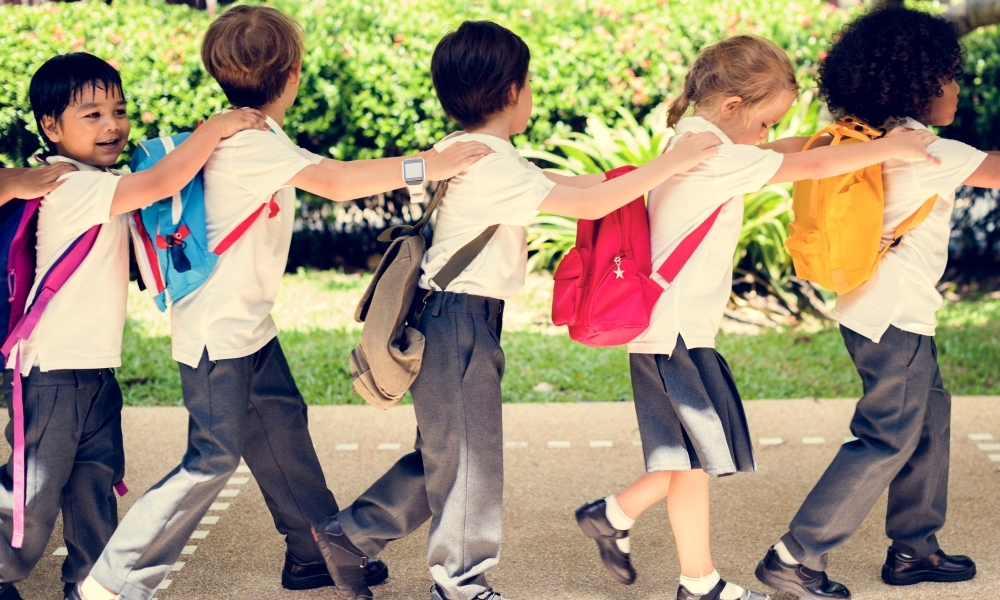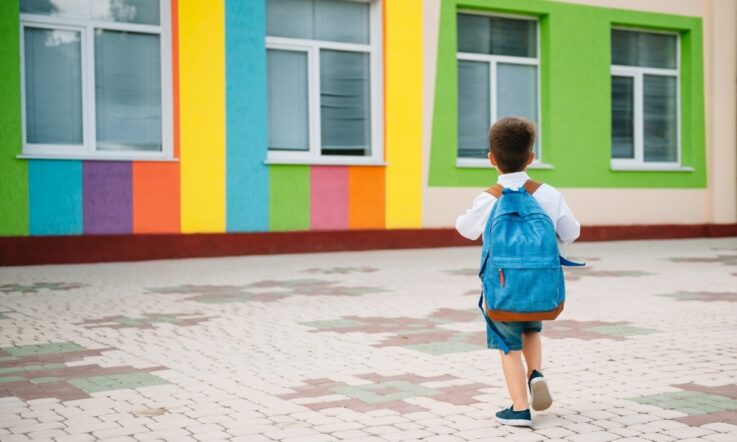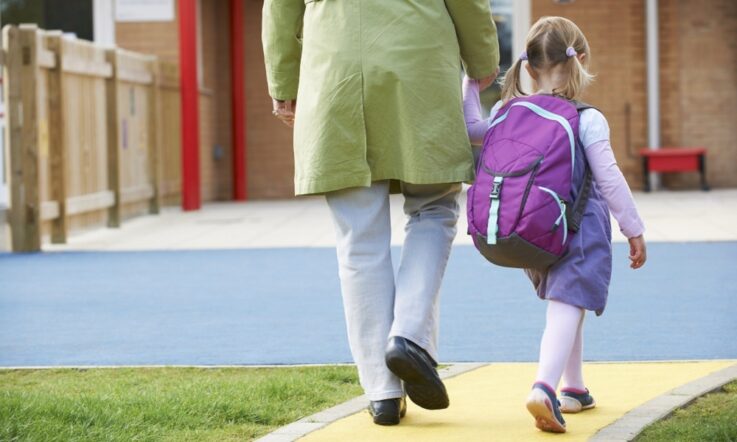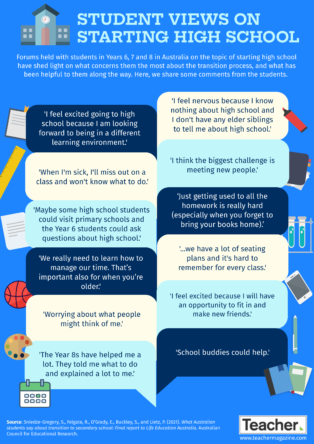Each year at Teacher, we carry out a reader survey to give you an opportunity to tell us what kind of content you’d like to see from us in the future. In our most recent survey, many of you told us you’d like more content on transitions between spaces and activities. We spoke with Dr Loraine Fordham, senior lecturer in Early Childhood Education in the School of Education at Macquarie University, about why these transitions are important, and tips for educators to handle them sensitively.
When we think of transitions in education, often what comes to mind are the ‘macro’ transitions from home to early childhood settings, and then into school and beyond. We all know these big transitions can be difficult for students to navigate. But just as important are the everyday ‘micro’ transitions between spaces, activities and people.
‘The [micro transitions] can be just as concerning for certain children as some of those big ones,’ Fordham tells Teacher, reflecting on her in-depth ethnographic study of a high quality early childhood education and care program in Victoria, which had been designed to support the participation of children and families who were experiencing a range of vulnerabilities.
The study findings highlight the importance of educators handling transitions in a sensitive way. Part of this is being attuned to the everyday ‘micro’ transitions.
Why are micro transitions important to consider?
Micro transitions can include moving from one play activity to another, shifting from inside to outside or from one room to another, getting ready for and finishing meal times, and changing educators.
For some students, transitions can trigger anxiety, for example, the anxiety of not knowing what is coming next, or what is expected of them. For other students, the impact may be deeper.
‘For children who either have learning difficulties or disabilities or who have experienced trauma, vulnerabilities or abandonment, what can come up for them is fear. And if children have experienced trauma, it can come up again front and centre in moments of transition, and puts them right back in the moment of when they were traumatised.’
What happens when transitions go wrong?
When transitions aren’t handled sensitively (for example, rushing the transition, not giving prior warning, or expressing impatience), Fordham explains that for some students, this ‘rupture’ can trigger a fight, flight or freeze response, where self-regulation and getting back on track to learn can become more difficult.
‘… that’s when children are fearful, and their cortisol levels shoot through the roof… they find it harder to control their emotions and as a result, when they’ve got those overwhelming feelings that they don’t know how to manage,’ she says.
In these instances, the ‘rupture’ can take longer to repair. However, this also presents an opportunity to build trust and attachment between teachers and students.
‘So repairing with children and telling children and showing children you know, “I got it wrong, and I’m sorry.” Because children need to feel that they can trust you… and it’s important to build that with children,’ explains Fordham, adding that it’s also important for educators to know they can talk to colleagues and pedagogical leaders to support them in thinking through how to handle challenging transitions.
Using transitional objects
Transitional objects can be a great tool to support students through change, and can help to reduce the jarring effect that change can cause by bridging the transition from one thing to another through familiarity or comfort. ‘A transitional object is anything that supports a child to make that transition.’
People, items and spaces can all be transitional objects. People as transitional objects can include office staff, who can facilitate consistency in greetings at the beginning and end of the day to bridge the transition from home to school, or a teacher visiting a past student in their new classroom.
Items can also be used transitionally. ‘So things like taking toys home, taking books home, taking puzzles home. There’s this kind of notion that you’re coming back, because you’ve got to bring those things back.’
Spaces can also help to facilitate transitions. This could mean providing sensory spaces for students to visit through the day, or allowing flexibility for students to come back to see old classrooms or visit new ones ahead of a transition. Which desks students decide to sit at in a classroom can also become a transitional space.
‘It’s all helping children manage their sense of self and emotions that may have been trigger points.’
Handling transitions sensitively in the classroom
For all students, especially those who may have come from stressful backgrounds, Fordham explains that fostering a positive attachment relationship can support students through micro transitions.
‘If [students] know they’ve got attachment with you and that you’re looking out for them and reminding them of that, [they] feel safe and supported, and their cortisol levels go down. Their anxiety and their stress levels are lower, and when they’re lower, then children can think. And when children can think, they’re not in survival mode… Then they can learn and play and then they can develop.’
‘Teachers are really time poor – we know that – there’s so much they have to try to fit into the day, and being able to do some of the strategies that we know work, may just be quite tricky in a teacher’s day,’ Fordham says. However, she explains that building up a toolkit to handle transitions is an important part of supporting all students to feel safe and secure in your classroom.
Practical strategies that teachers can apply in their classrooms or at school to help both themselves and students manage transitions can include:
- Observing your students’ facial expressions and body language to recognise students struggling with a transition, and naming what’s happening for a student, i.e. ‘I can see you have a big feeling there. And your heart is racing, and your fists are tight. So how about we take some deep breaths together’;
- Using positive language with students during transitions such as saying, ‘I can see you’re putting some things to one side, it looks like you’re getting ready to come over.’ Even if they aren’t yet doing these things, it can help them to know what to do.
- Talking to parents about their children’s anxieties, and what to look out for;
- Undertaking professional development in trauma-informed practices and learning about attachment theory;
- Verbally explaining to all students what is going to happen next, i.e. ‘In a moment, we’re going to be doing this,’ and counting down the minutes to a change, i.e. ‘in three minutes… in one/two minutes… now we have no minutes left’;
- Using visual timers and pictures in the classroom so that students can keep track of routines;
- Slowing down transitions so that students have time to regulate their feelings;
- Physically moving slower in a space, and not rushing.
Further reading:
Fordham, L. A. (2016). Extending the reach of the early years education program: the EYEP:Q. Children's Protection Society.
In this article, Dr Loraine Fordham talks about the importance of slowing down micro transitions. As a teacher, make a list of any micro transitions you can think of throughout the school day, and consider how you apply some of the practical tips in this article to help you handle these transitions.



